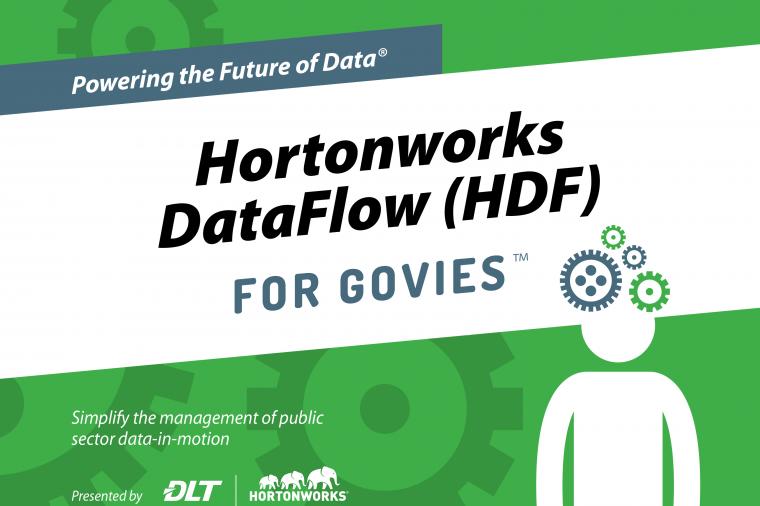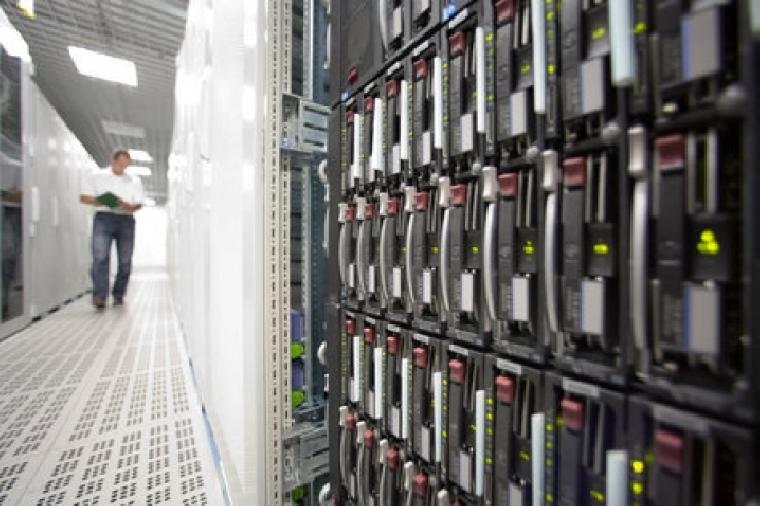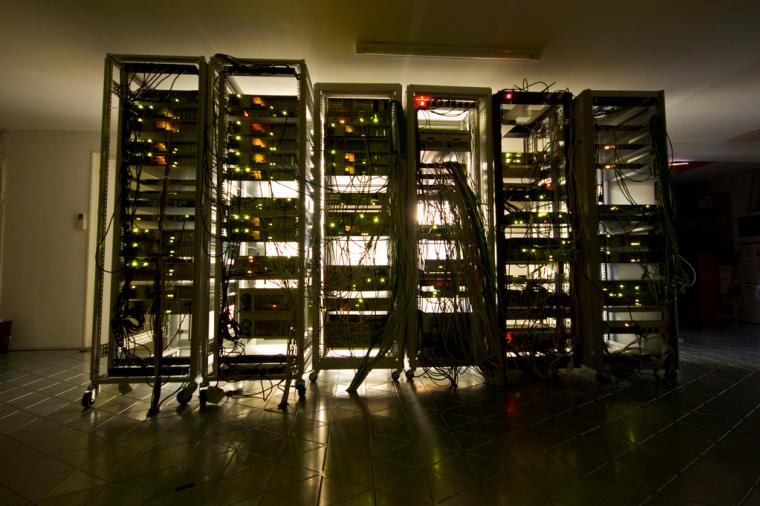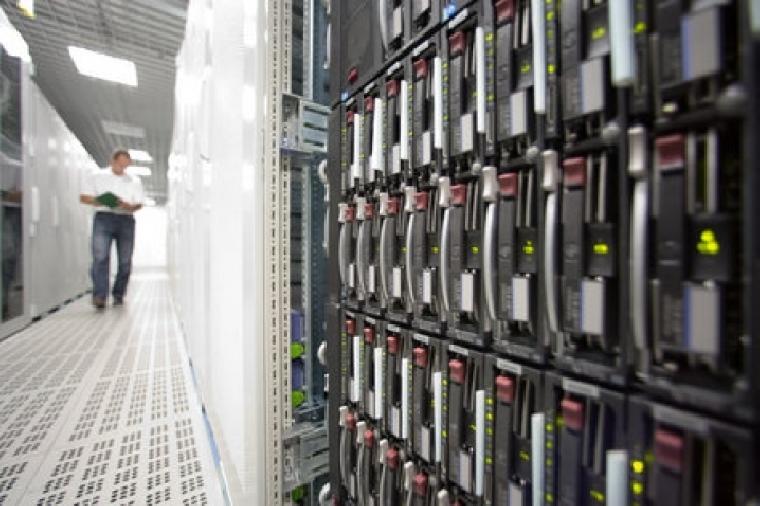Oracle Fusion Applications – OOW 2010 Recap, Part IV
After more than five years in development Larry Ellison formally announced the release of Oracle’s Fusion Applications suite of products. The development of Fusion Applications started in 2004 and it is the largest engineering feat in the history of Oracle. “Oracle has taken the [best] functionality from its own eBusiness Suite applications, as well as its acquired PeopleSoft, J.D. Edwards and Siebel products, and rebuilt them to run on the company’s Fusion middleware,“ to form the next generation of enterprise application technology. By insisting on merging the best features from Oracle’s ERP, CRM, and HRMS products, Oracle created a Fusion applications design team using experienced engineers from eBusiness Suite, PeopleSoft, Siebel, and JDE, and consolidated their design work on a single unified platform.
Fusion Applications are the first enterprise applications to be written 100% on Standard Fusion Middleware. In previous releases of Oracle’s family of applications (eBS, PeopleSoft, J.D. Edwards, and Siebel) the applications middleware was different from Oracle’s standard Fusion Middleware platform. Oracle in essence had two middleware development teams working separately on two types of middleware. The goal behind Fusion Applications was to combine the applications middleware team with the Fusion middleware team and extend Fusion Middleware to support Fusion Applications.
In addition, to using industry standards-based java middleware, “Fusion Applications will be based on an SOA architecture to simplify integration, will be capable of running on premise or in a Software-as-a –Service environment (“SaaS”), and will incorporate business intelligence, social networking and collaboration capabilities.“ Fusion Applications will be SOA based to simplify integration so that the applications can integrate with everything that you have in place today. Fusion Applications were not intended to rip-and-replace existing systems but to augment business processes where necessary in order to improve business efficiency. They were designed to be SaaS ready with self-service application administration to facilitate ease of use. They were also designed to be flexible; they are suitable to run on-premise or on a cloud with 1 set of code. As a result, customers can do either, or both, or change their mind over time and switch to the other model. That is, from cloud to on-premise, or on-premise to cloud.
Integrated BI is at the core of the system. The embedded Business Intelligence is not just process automation but integrated Business Intelligence that just isn’t reactive but predictive. Users get a much better ROI in that the system helps them make better decisions; it’s not your traditional information “after the fact” but information during the transaction itself. For example, Fusion Applications helps you answer these types of business question in real-time: What do I need to know; what do I need to do;
How do I do it; who do I contact and how do I contact them?
These questions are entered into the system using Oracle’s Web 2.0 UI with social networking and collaboration built directly into the applications to create a modern, consistent, and productive user experience. Fusion Applications incorporates the latest in UI technology and social media such as face book, twitter, and search boxes like Google to provide the end user with a modern and familiar experience to promote rapid user adoption.
Contrary to what has been speculated in the media Larry said that “customers that use Oracle’s current application products would not have to migrate to Fusion any time soon and that Oracle will continue to support the eBusiness Suite, PeopleSoft, Siebel and J.D. Edwards products for years to come. You can move to Fusion at a time of your choosing.”
The first release of Fusion will include the following business areas: Financial Mgmt. Human Capital Mgmt., Sales and Marketing, Supply Chain Mgmt., Project Portfolio Mgmt., Procurement Mgmt., and Governance, Risk & Compliance. This release will not include Manufacturing. The Fusion Architecture consists of over 5 thousand tables and 10 thousand separate task flows. The initial release of Fusion will offer customers a choice of over 100 separate products/modules that will be available simultaneously in Q4 (March –May 2011) and then with general availability in Q1 (June –August) of next year.








































